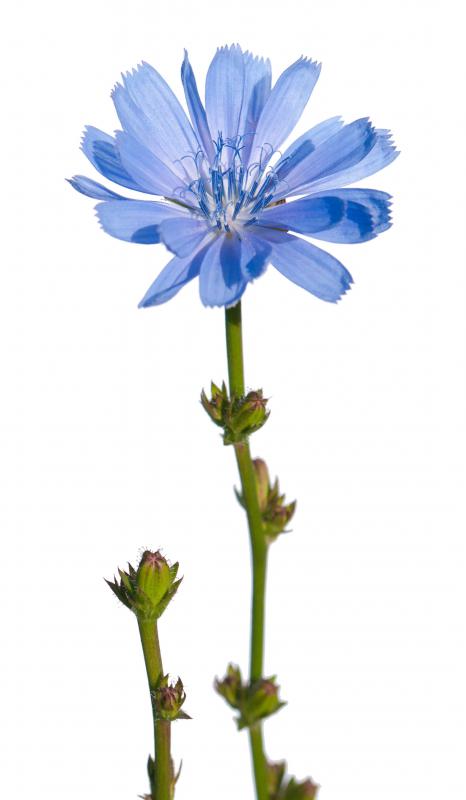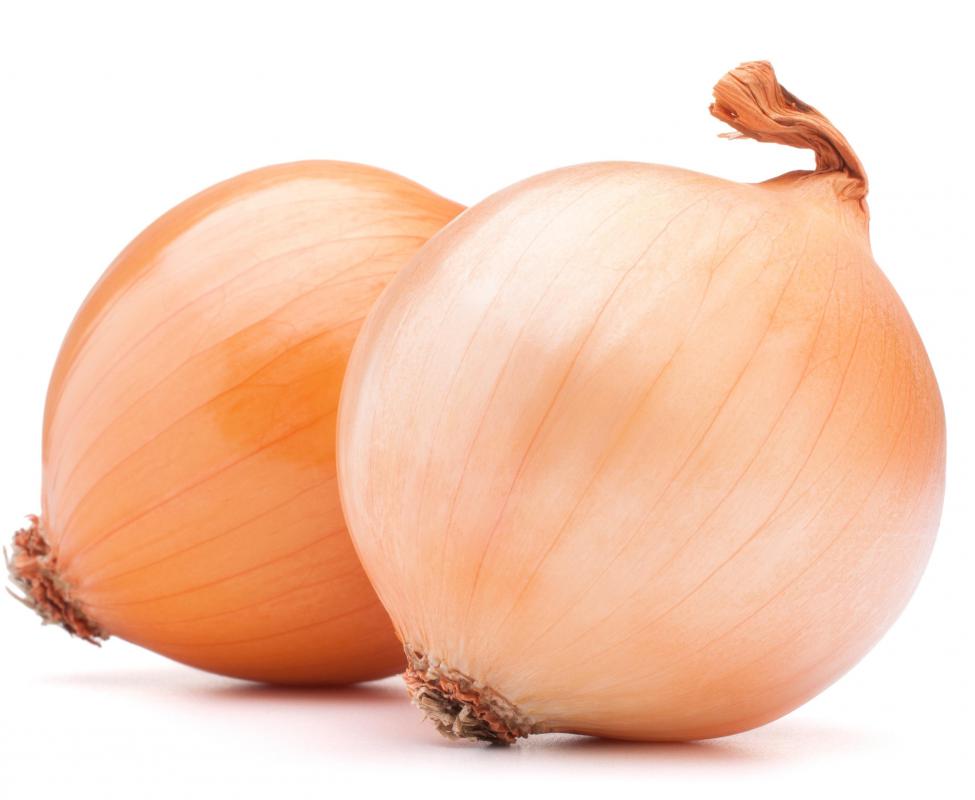At TheHealthBoard, we're committed to delivering accurate, trustworthy information. Our expert-authored content is rigorously fact-checked and sourced from credible authorities. Discover how we uphold the highest standards in providing you with reliable knowledge.
What are Oligosaccharides?
Oligosaccharides are carbohydrates characterized by the simple sugars they contain. This type of saccharide polymer is located in the amino acid side chains frequently found within vegetables ranging from onions to artichokes and jicama. They are characterized by their sweet taste and unique mouth feel. These carbohydrates are a source of controversy in the nutritional community because they cause both good and bad reactions within the human digestive system.
The name comes from the Greek "oligos," which means "a few" and the Latin "sacchar," meaning "sugar." This type of saccharide polymer contains between three and ten simple sugars, also referred to as component sugars. These carbohydrates are an important part of plasma membranes and play a role in the cell-cell recognition within.

Animal plasma membranes are popular places for oligosaccharides, but they are most frequently found within plants. Some of the most common plants that house large amounts are Jerusalem artichokes, chicory root, onions, wheat, legumes, asparagus, and jicama. These carbohydrates are found in a vast array of other plants, but generally in smaller, negligible amounts. The food production industry has also begun using these carbohydrates as a synthetically added substitute for sugar in many products.

The physical characteristics of oligosaccharides are their most unique trait. They can be recognized by the mildly sweet flavor they add to whatever plant or animal they inhabit. Another characteristic common to all is their particular mouth feel. The soft but firm texture sets them apart from many other types of carbohydrates.
Nutrition experts are torn about the dietary value of oligosaccharides. Some believe that they are beneficial due to their therapeutic role in digestion. When digested, they stimulate and suppress particular bacteria groups found in the body. These experts claim eating foods rich in these carbohydrates helps eliminate bad bacteria in the colon and promotes the buildup of helpful bacteria.

Critics, on the other hand, look at its digestive attributes from a different perspective. This carbohydrate is looked down upon by many because the human body does not break it down properly. Estimates show that nearly 90% of all foods that contain it are not broken down in the small intestine and therefore cause a problem for the colon, outweighing any bacterial benefits.
AS FEATURED ON:
AS FEATURED ON:















Discuss this Article
Post your comments